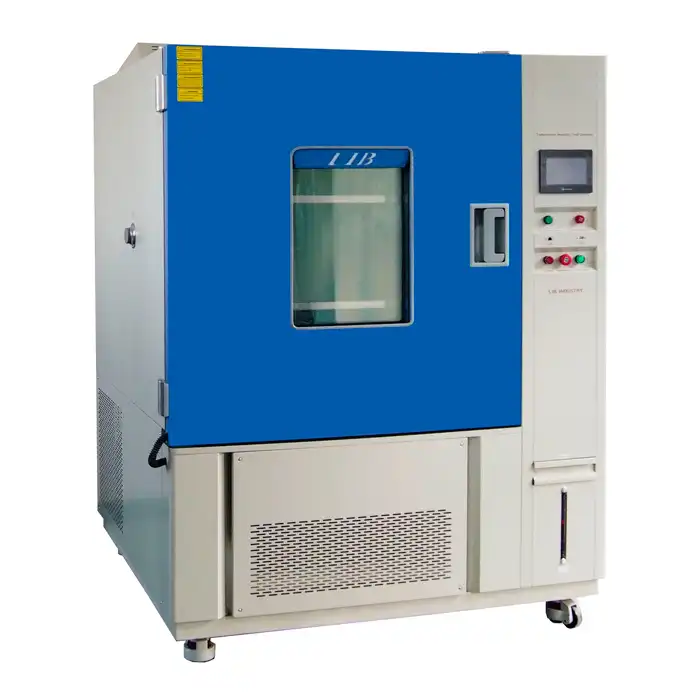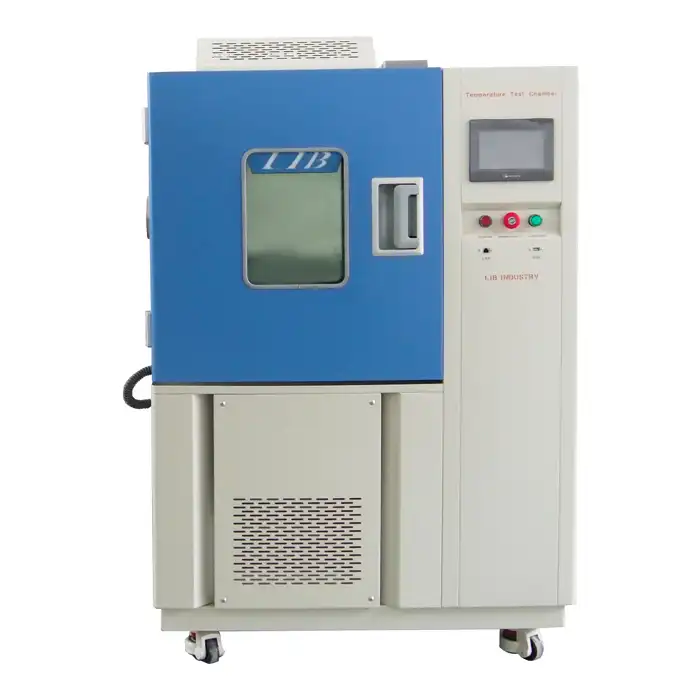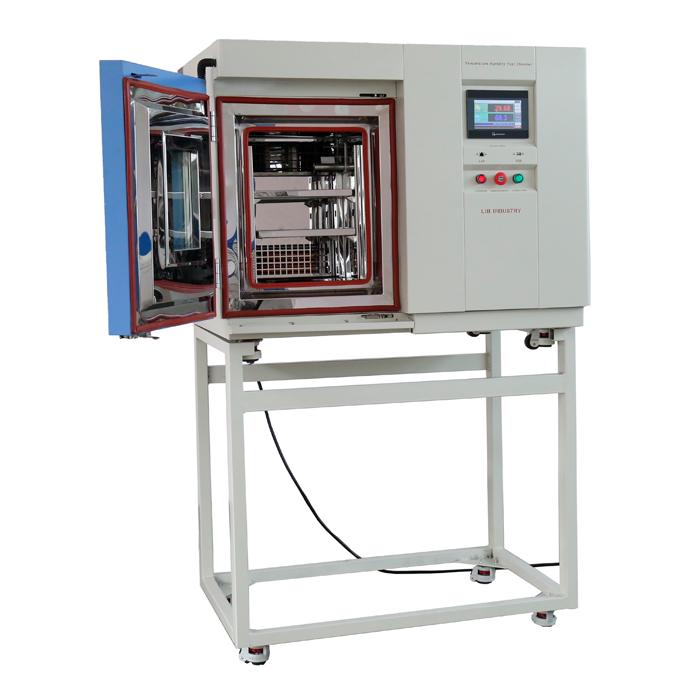Salt Mist Chambers in Action: Industry-Specific Testing Scenarios Explained
Environmental durability is a cornerstone of product quality, especially for industries exposed to harsh conditions. A salt mist chamber plays a vital role in simulating real-world corrosive environments. This blog explores the diverse ways salt mist chambers are used across various industries to ensure products meet rigorous standards for performance and longevity.
Automotive Applications: Prolonging Vehicle Lifespans Through Corrosion Prevention
In the automotive industry, where vehicles are exposed to fluctuating weather, road salt, and moisture, corrosion resistance is paramount. Salt mist chambers simulate years of exposure to these harsh conditions in just days or weeks. This accelerated testing helps manufacturers assess the lifespan of critical components like car bodies, undercarriages, and brake systems.
For example, a car manufacturer may use a salt mist chamber to evaluate the corrosion resistance of galvanized steel used in body panels. By identifying weak points early, engineers can refine materials and coatings to improve durability. Additionally, testing ensures compliance with global automotive standards like ISO 9227, which outlines salt spray testing requirements.
Cars that stay rust-free longer, boosting customer satisfaction and reducing warranty claims. For manufacturers, investing in salt mist chambers helps them produce reliable vehicles and maintain a competitive edge.
Aerospace and Defense: Overcoming Extreme Conditions with Rigorous Salt Fog Testing
Aerospace and defense equipment must operate flawlessly in some of the world's harshest environments, from coastal airfields to high-altitude conditions. Corrosion is a major threat to aircraft, drones, and military vehicles. Salt mist chambers simulate salt-laden atmospheres, ensuring that these products withstand extreme conditions.
For instance, aluminum alloys used in aircraft fuselages are evaluated under salt fog exposure to understand their corrosion resistance over time. Defense contractors also test electronics in salt mist chambers to ensure they function reliably even after prolonged exposure to humidity and salt spray.
Salt mist testing reduces risks, enhances safety, and ensures compliance with military standards like MIL-STD-810. By identifying vulnerabilities before deployment, manufacturers can strengthen product designs and avoid costly failures.
Marine and Offshore Installations: Assessing the Impact of Saltwater Environments
Marine environments are notorious for their corrosive effects, making salt mist testing indispensable for ships, offshore platforms, and coastal infrastructure. Salt mist chambers recreate the harsh conditions of saltwater exposure to test everything from hull coatings to fasteners used in offshore wind turbines.
For example, an offshore oil and gas company may use a salt mist chamber to assess the durability of anti-corrosion coatings on pipelines. These tests help ensure that vital components can withstand prolonged exposure to saltwater and high humidity.
This testing not only extends the service life of marine equipment but also reduces maintenance costs and prevents catastrophic failures. For manufacturers, salt mist testing is a critical step in delivering reliable products for marine applications.
Electronics and Electrical Components: Ensuring Reliability in High-Humidity Conditions
Electronics are increasingly used in environments where humidity and salt exposure are prevalent, such as coastal regions or industrial sites. Salt mist chambers are used to test printed circuit boards (PCBs), connectors, and enclosures to ensure they remain functional under challenging conditions.
For example, manufacturers may expose a PCB to salt fog to evaluate how well protective coatings prevent corrosion of delicate connections. Similarly, salt mist chambers are used to test the durability of electrical enclosures in marine or industrial settings.
Salt mist testing ensures that electronics maintain their performance and reliability, even in corrosive environments. This is especially important for industries like telecommunications and renewable energy, where equipment failure can lead to costly downtime.
Metal Structures and Machinery: Detecting Early Failure Points for Extended Service Life
Metal structures and machinery used in construction, transportation, and industrial applications are exposed to corrosive environments daily. Salt mist chambers help manufacturers detect early signs of corrosion and refine their materials or coatings to extend service life.
For example, a bridge construction company may use a salt mist chamber to test the protective coatings on steel beams. By understanding how the coatings perform under salt spray exposure, they can select materials that reduce maintenance costs and improve safety.
Similarly, industrial machinery manufacturers use salt mist chambers to evaluate components like bearings, gears, and casings. The insights gained prevent premature wear and ensure that equipment maintains peak performance, even in corrosive conditions.
| Temperature Range: Ambient ~ +60 ℃ Temperature Fluctuation: ± 0.5 ℃ Temperature Deviation: ± 2.0 ℃ Humidity Range: 95% ~ 98% RH Salt Fog Deposition: 1~2ml / 80cm2 · h Spray Type: Continuous / Periodic |
Want to learn more about how a salt mist chamber can benefit your business? Contact LIB Industry today at ellen@lib-industry.com. We specialize in providing turn-key environmental testing solutions tailored to your unique needs.
References
1. ISO 9227: Standards for Salt Spray Testing in Automotive Applications.
2. MIL-STD-810: Environmental Engineering Considerations for Military Testing.
3. Corrosion Resistance Testing in Marine Environments: Best Practices.
4. Advances in Environmental Test Chambers: Applications Across Industries.




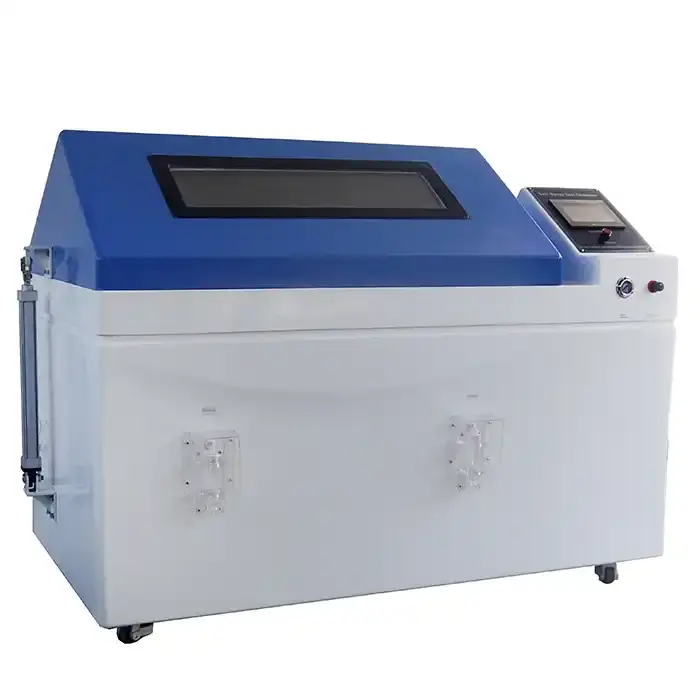
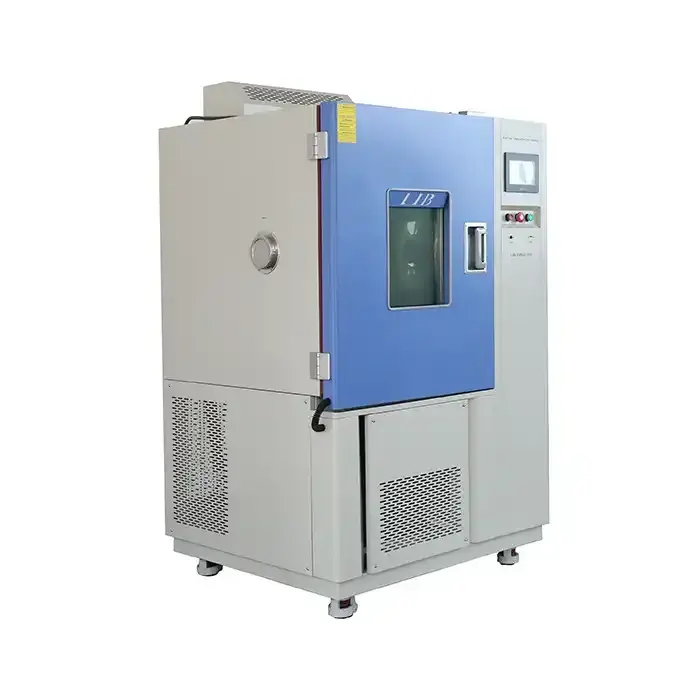
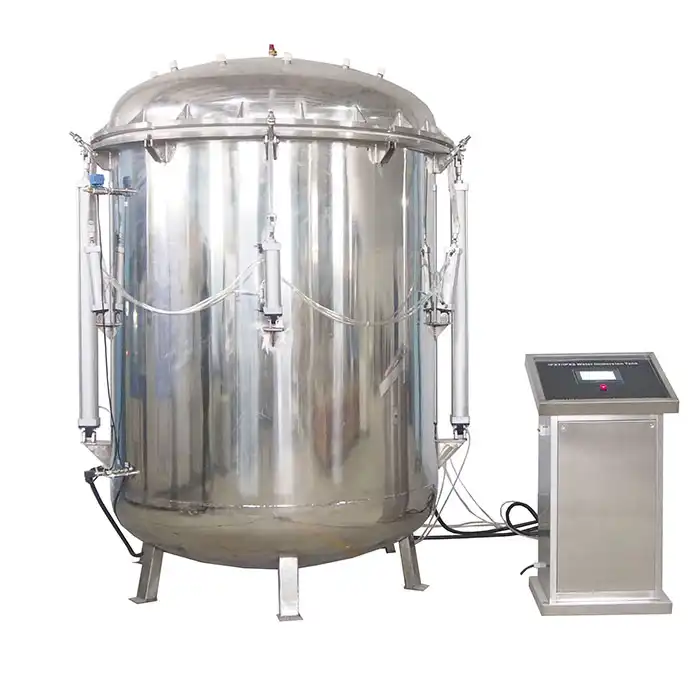
.webp)
